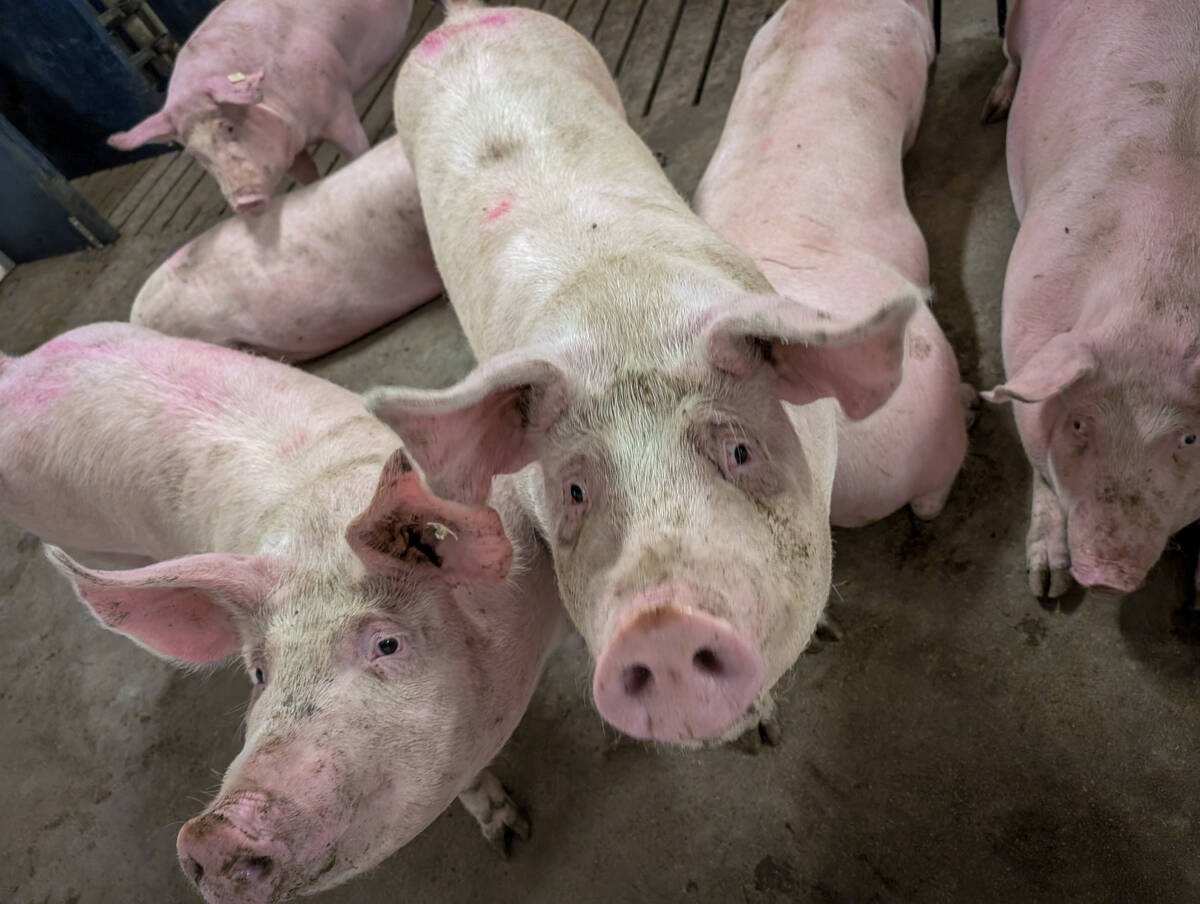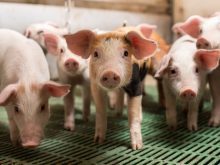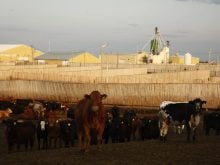Surveillance for further cases of bovine spongiform encephalopathy is expected to increase, says an Alberta Agriculture official.
“It is safe to say there will be pressure to increase our surveillance levels just to demonstrate to trading partners that we have things under control,” said veterinarian Ron Clarke, who is in charge of the department’s BSE surveillance efforts.
A single case of BSE has stalled Canada’s beef industry and Clarke said increased testing is likely until scientific tests demonstrate that the national herd is free of the disease.
Read Also

Pork sector targets sustainability
Manitoba Pork has a new guiding document, entitled Building a Sustainable Future, outlining its sustainability goals for the years to come.
International customers will likely pressure Canada for increased testing to prove it is doing everything possible to control and detect BSE.
“It is going to be absolutely critical to get the beef industry started again,” Clarke said.
Heeding history
Countries that discover BSE in their cattle are living in the shadow of the United Kingdom, where thousands of infected British animals have been destroyed in the last decade and 129 people have died of new variant Creutzfeldt- Jakob disease, a human form of BSE.
“The U.K. experience spurred all countries, especially countries that were in the business of exporting beef, into doing more and more,” Clarke said.
Canadian labs must increase their surveillance to test more animals, which will require highly trained workers, he added.
Since 2001, Alberta has participated in an enhanced BSE surveillance program, which has examined the brain specimens of mature cows specifically submitted for BSE evaluation from provincially inspected abattoirs.
“We have been following the example set by the U.K.,” Clarke said.
“Most animals we are examining are over 30 months of age.”
Research has not detected signs of the disease in animals younger than 32 months.
There are four examination categories:
- Animals that have been condemned for any reason.
- Animals displaying neurological signs.
- Heads collection from dead animals gathered on farms by rendering companies.
- Heads and brain tissue from neurological cases that veterinarians see in their practices.
The tests rule out potential causes of neurological problems in cattle, such as brain abscesses, tumours, infections, toxins, polio, rabies, trauma, organophosphates, some poisonous plants and BSE.
In 2002, 849 specimens were collected that fit into one of the four categories, with the BSE test being part of the routine examination.
The number of examinations carried out in each province is based on the size of the cow herd.
According to international standards, a cow herd of 500,000 requires 50 samples per year. Herds of 2.5 million require 195 samples and a herd of five million requires 300 specimens.
The diseased cow from northern Alberta was diagnosed as part of that routine examination.
Pathologists do not examine the entire head. Rather, they examine a small portion of the brain called the obex, which is only several millimetres wide. The obex is collected from a specific site on the brain stem, just before the brain leaves the cranial cavity. This is where prions do their damage.
Part of the tissue submission is frozen, while the remainder is treated with formic acid and stored in a formaldehyde solution that fixes tissue indefinitely.
Samples are collected at Lethbridge, Airdrie, Edmonton and Fairview and submitted to the histology lab in Edmonton. Histology is a branch of biology dealing with the study of tissues.
“The chain of control from the time of collection to when the pathologist signs it off is controlled very strictly, so there is no chance of making a mistake,” Clarke said.
Only small samples on a slide are examined. A purple or deep blue stain indicates a negative test. A pink stain indicates the presence of BSE.
In the case of the BSE-infected cow from Alberta, BSE was not suspected because the animal was debilitated with pneumonia and was sent to a local abattoir. The cow was condemned and kept out of human food.
“There is no way of knowing whether she was in fact exhibiting signs of BSE at that time,” Clarke said.
When the case appeared positive, the test was redone and then submitted to the national reference laboratory in Winnipeg.
It was triple checked at the world reference lab in England and confirmed as BSE.
A number of labs in Canada and the United States are capable of conducting these advanced tests.
In addition to cattle and sheep, Alberta labs have also processed significant numbers of elk and wild deer.
Under the province’s compulsory chronic wasting disease program, elk meat is held until a negative test is provided.















